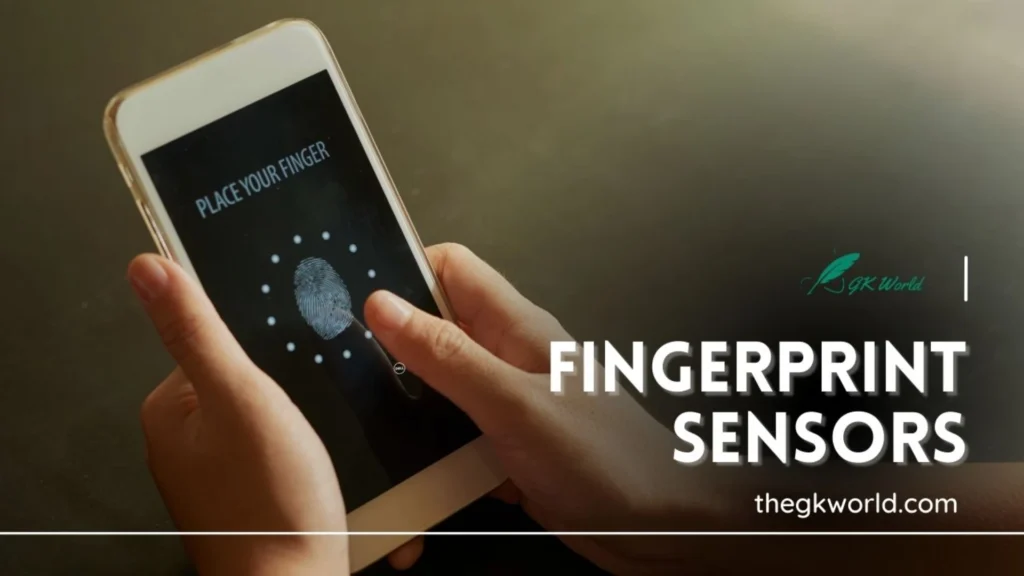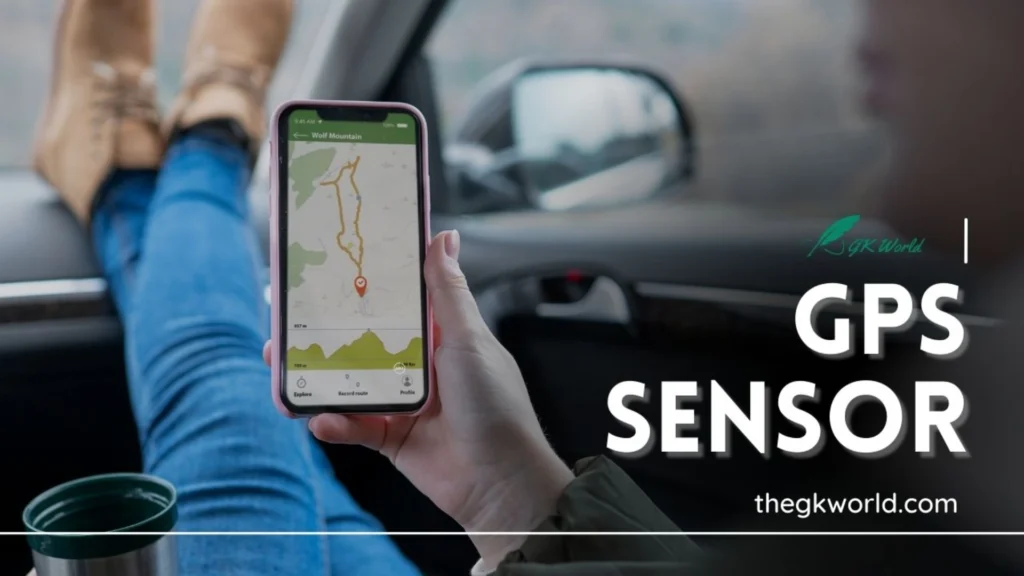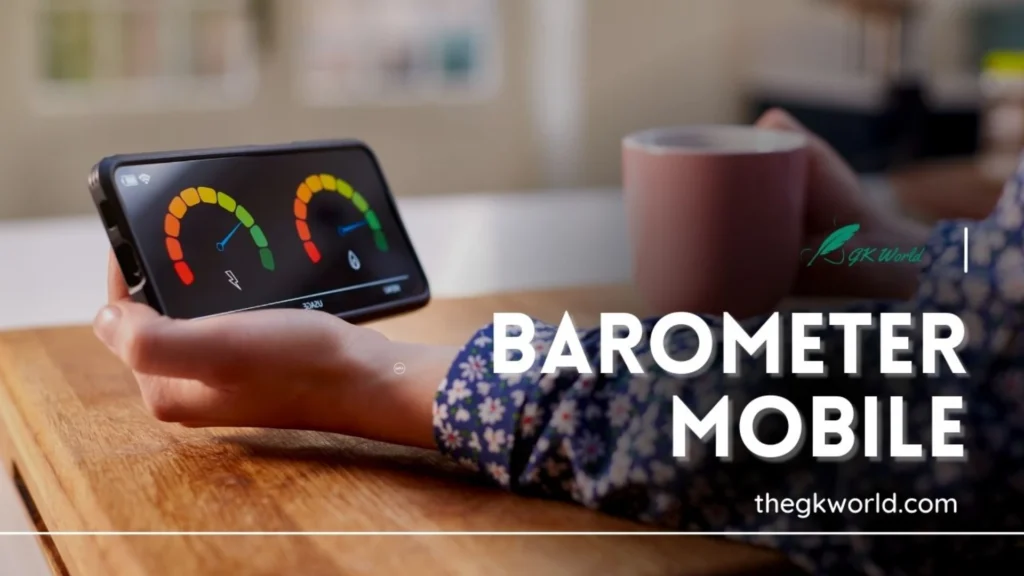


Today’s cell phones are more than genuinely geared for conversation inside the virtual era. Their many contemporary technological functions simplify and enhance the intuitiveness of daily tasks. Integrating phone sensors is a critical aspect of this era.
Countless functions that we now take for granted, like gesture controls, navigation, and automatic display dimming, are made possible through these tiny components. Comprehending the capabilities of those phone sensors—from proximity sensing to motion detection—helps us appreciate the powerful devices we carry in our pockets. This article will examine the specific varieties of sensors observed on smartphones, how they enhance daily interactions with our gadgets, and how they improve functionality.
Smartphones are equipped with built-in gadgets referred to as phone sensors, which are designed to detect and react to various physical or environmental changes. These variations could be related to motion, light, distance, or even temperature. The way phone sensors function is by gathering environmental data and converting them into useful outputs.
Looking for a phone with the best battery life? Check out our top picks to stay powered up all day during your travels or busy workdays.
Smartphones comprise more than one sensors that acquire records and improve functionality. Let’s focus on three common types:
Motion Sensors: Phones’ motion sensors are responsible for detecting acceleration and motion. The accelerometer, gyroscope, and magnetometer are a number of the movement sensors found on smartphones.
Accelerometer: This gauges the fee at which a telephone adjusts direction, whether or not it’s being shaken or whether it’s transferring upward or downward.
Gyroscope: The gyroscope enhances the precision of motion detection for VR or gaming packages by detecting angular rotation in tandem with the accelerometer.
Magnetometer: This tool uses Earth’s magnetic field to come across the orientation of the phone and set off the compass capabilities.
Light Sensors: The light sensor is any other crucial kind of sensor. It measures the encircling ambient light and adjusts the display brightness for this reason. This preserves battery existence and improves person comfort with the aid of lowering eye stress in various mild situations.
Proximity sensors—perhaps the most famous to users—are vital at some stage in phone calls. It’s very beneficial for extending battery existence and improving person comfort.
Let’s explore more key sensors and their applications
Mobile devices are ready with a distance sensor that measures the separation between the telephone and an item. It’s specifically utilized in automated features, like a smartphone lock that activates while you set it down or palms-loose calling that reduces background noise.
Check out our guide to the Best Smartphone Cameras 2024 for top-notch photography on the go. Discover the latest models with cutting-edge features!

Most smartphones nowadays include fingerprint sensors as a widespread safety function. These sensors authenticate entry to the device by capturing your fingerprint using a capacitive era. The fingerprint sensor securely shops the data, ensuring that the handiest legal customers can unlock the smartphone.

Location-based total offerings are furnished employing the GPS sensor. The GPS sensor pinpoints your actual region, whether or not you’re checking in on social media or using Google Maps. Even in regions with confined satellite TV for pc insurance, it presents reliable results with the aid of running in tandem with cellular towers and Wi-Fi signals.

To produce particular nearby weather forecasts, climate applications regularly use barometers to degree air pressure. Additionally, it could improve the accuracy of altitude readings, which is useful for fitness applications that music elevation all through runs or climbs.
Sensors play a critical position in improving the overall consumer enjoy. Here are some key ways they make smartphones smarter.
Better Navigation: Users can revel in accurate navigation thanks to the combination of GPS, magnetometer, and motion sensors in smartphones. These sensors work collectively to provide unique real-time steerage whether you’re driving, on foot, or biking.
Battery Optimization: By turning off the show when now not in use, sensors just like the proximity sensor help make bigger battery life. Light sensors also contribute substantially to power optimization by adjusting display screen brightness based on ambient conditions.
Health and Fitness Tracking: To display bodily hobbies, health apps use accelerometers, gyroscopes, and barometers. The information gathered by way of phone sensors—whether or not it is elevation modifications, coronary heart rate tracking, or step counting—offers insights into your day-by-day activities.
Enhanced Gaming: Many video games on smartphones utilize motion sensors for a greater immersive reveal. Sensors permit motion management, allowing you to tilt the telephone to steer in a racing game or rotate it for a virtual fact app.
Sensors will keep to conform with the phone era. Future improvements might encompass extra advanced fitness-monitoring sensors, along with the ones capable of detecting important signs like blood strain and glucose degrees.
Improvements in gesture-based controls, and the usage of sensors to apprehend actions without the want for bodily touch with the tool, will also be on the horizon. More intuitive automation, including context-primarily based clever moves that alter settings based totally on the smartphone’s proximity to the person, should result from advances in proximity sensors in mobile phones.
How do phone motion sensors enhance gaming reports?
By integrating motion controls, phone motion sensors like the gyroscope and accelerometer enhance gaming. For instance, turning your telephone for a digital reality app or tilting it to steer in a racing game makes for a greater engaging enjoyment.
Why does the proximity sensor flip off my display screen throughout calls?
Smartphones have a proximity sensor that detects whilst the phone is near your ear at some point of a name and mechanically turns off the display screen to save you accidental touches. This feature ensures a seamless consumer experience whilst conserving battery lifestyles.
Mobile sensors are an important part of cutting-edge smartphones, powering a few of the clever, responsive capabilities we frequently take without consideration. These sensors are essential to the evolution of our devices’ intelligence and value, used for the whole thing from more desirable gaming to extended battery lifestyles and health monitoring.
As technology continues to conform, we can expect similar breakthroughs in the sensor era, growing the competencies of smartphones. Understanding the functions of sensors—whether or not it is the movement sensor in smartphones or the proximity sensor on Android devices—can deepen our appreciation of modern smartphones’ seamless capability.
Leave a Comment